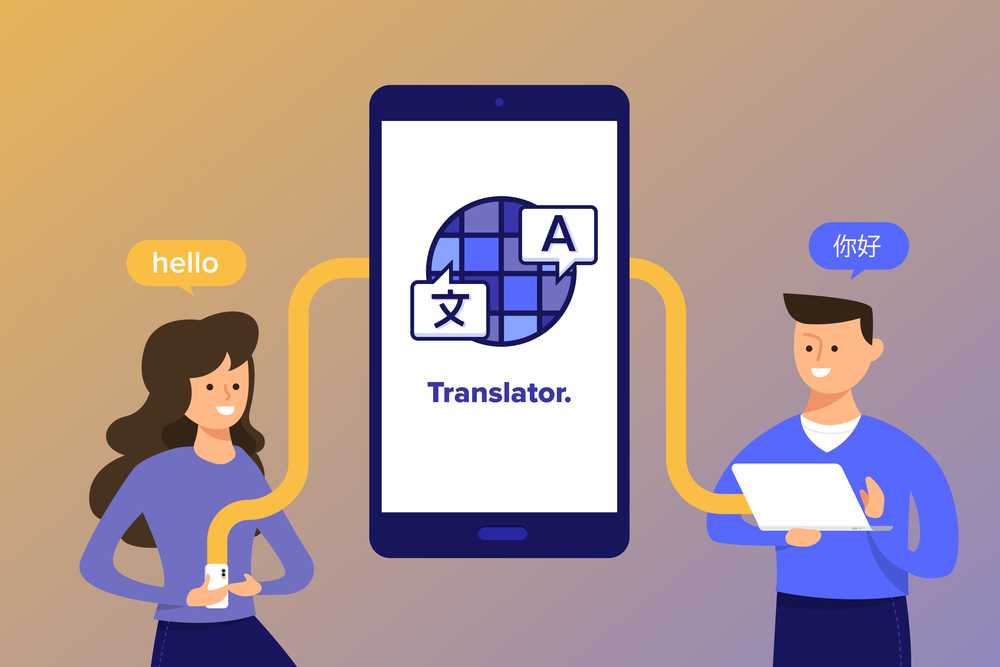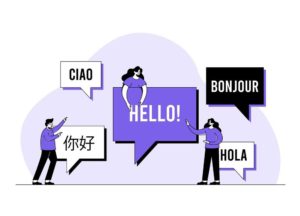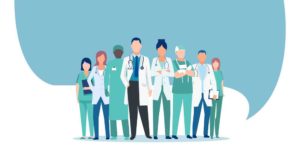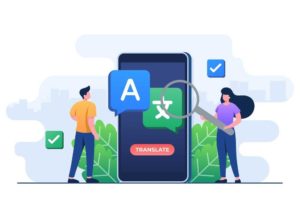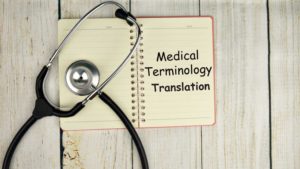Imagine being in a healthcare emergency, unable to convey your symptoms or understand the medical instructions provided because of a language barrier. This is a reality for many non-English speakers in Texas, a state celebrated for its cultural diversity.
However, there’s a solution that is making healthcare more accessible to everyone: medical translator apps. In this article, we’ll delve into how these remarkable apps are transforming healthcare in Texas.
The Language Diversity in Texas
Texas, the second-largest U.S. state in population after California, is a vibrant and diverse melting pot with an estimated 30 million residents as of 2022. In the 21st century, Texas has experienced robust population growth, adding nearly 4 million people between 2010 and 2020.
Texas boasts a rich and varied cultural heritage, reflecting the diverse backgrounds of its residents. A staggering 40.2% of the population identifies as Hispanic or Latino, contributing significantly to the state’s cultural fabric.

Additionally, 13.4% of Texans identify as Black or African American, 5.7% as Asian, and 2.3% as two or more races. This mosaic of ethnic backgrounds enriches Texas’ cultural tapestry and underscores the need for effective communication in healthcare to serve its diverse population.
Furthermore, Texas is home to a substantial foreign-born population, accounting for 17% of its residents in 2021. This diversity, both within the state’s borders and beyond, highlights the critical role of medical translator apps in ensuring equitable healthcare access for all Texans, regardless of their linguistic and cultural backgrounds.
Challenges Faced by Non-English Speakers in Texas
Non-English speakers in Texas encounter numerous difficulties when seeking medical care. They might struggle to articulate their symptoms, understand their diagnosis, or provide their medical history.
This language barrier can lead to misunderstandings, incorrect diagnoses, and delays in treatment. To make sure that no medical mistake is made it is very important to understand the language a patient speaks.
The majority of the time that is not the case and medical translator apps like Emtran are there to bridge this gap.
Medical Translation App: A Lifesaver
Imagine finding yourself in a foreign land, far from home, when a medical emergency strikes. Your health is at risk, but there’s a significant hurdle: you don’t speak the local language.
This is a situation countless non-English speakers in Texas have faced. Medical translator apps, like Emtran, have proven to be genuine lifesavers in such critical moments.
These apps offer real-time translation services, ensuring that healthcare providers and patients can communicate effectively. Let’s explore why these apps are a game-changer.
Benefits of Medical Translator Apps
What could be more important than a thing that has the capacity to save someone’s life? This is the case with medical translator apps. By translating a number of different languages in real time these apps are a real asset in the healthcare industry.
Let’s move forward and look at some of the benefits of medical translator apps.

1. Improved Communication
Consider this scenario: a Spanish-speaking patient visits a hospital in Texas, and the healthcare provider does not speak Spanish.
A medical translator app steps in, translating medical jargon, symptoms, and treatment options. This leads to a clear and efficient exchange of information.
As long as the doctor is able to understand the patient and can communicate well there is no problem in treatment. But if that is not the case treatment can be challenging. Medical translator apps exist just to make sure that communication does not become a problem when providing treatment to patients.
2. Access to Healthcare Information
Medical translator apps open the doors to a wealth of healthcare information. Non-English speakers can access articles, videos, and medical records in their preferred language, promoting health literacy.
This access empowers patients to take an active role in their healthcare. The majority of the information related to healthcare available on the internet is in English and it is hard for a non-English speaker to understand it.
Medical translator apps like Emtran have the facility in their tool to translate language from English to a number of other languages. This access to knowledge is always helpful for patients when they are out for treatment.
3. Emergency Situations
In emergencies, time is of the essence. Medical translator apps swiftly convey critical information, such as allergies and medical history, to healthcare providers. This ensures that the right treatment is administered promptly, potentially saving lives.
If the whole medical history of a patient is in a different language and the doctor speaks a different one it would become very hard to provide proper treatment. Medical translator apps can provide real-time translation in such a situation making treatment much more easier.
4. Bridging Cultural Gaps
Healthcare is not just about medical procedures; it’s also about understanding the cultural context of the patient. Medical translator apps help healthcare providers grasp the cultural nuances of their patients, ensuring more sensitive and effective care.
How Medical Translator Apps Work

Medical translator apps function through advanced technology to enable effective communication in healthcare. They use Natural Language Processing (NLP) and machine learning to provide accurate translations. For instance:
- If a Spanish-speaking patient describes their symptoms, the app’s NLP recognizes the context and translates it into English for the healthcare provider.
- Machine learning allows the app to continuously improve its translation accuracy, adapting to different accents and medical terminology.
- Voice recognition enables users to speak their queries or symptoms, with the app converting their speech into text for translation.
- Users can also type in their medical information, which is instantly translated into the desired language.
- These apps consider the conversation’s context to provide accurate translations, preventing misunderstandings.
- Some apps offer an offline mode, allowing communication in areas with limited internet access.
- A comprehensive database of medical phrases and terminology aids accurate communication between healthcare providers and patients.
Legal and Ethical Considerations of Medical Translator Apps in Texas
As we delve into the impact of medical translator apps in Texas, it’s crucial to address the legal and ethical considerations surrounding their use. While these apps are incredibly beneficial, they raise important questions about privacy, accuracy, and responsible usage.
- Patient Privacy: Protecting patient privacy is paramount when using medical translator apps. Healthcare data is highly sensitive, and stringent laws like the Health Insurance Portability and Accountability Act (HIPAA) in Texas regulate the confidentiality of patient information.
- Accuracy of Translations: Ensuring accurate translations is non-negotiable. Inaccurate translations can lead to medical errors, misdiagnoses, and treatment complications. Ensuring that medical translator apps provide precise and context-appropriate translations is a paramount ethical concern.
- Informed Consent and Decision-Making: Informed consent is a fundamental principle of healthcare. Patients must fully understand their treatment options and give consent willingly. Medical translator apps play a pivotal role in this process, ensuring that patients can make informed decisions.
Future Prospects of Medical Translator Apps in Texas
The future of medical translator apps in Texas is promising. As technology continues to advance, these apps are expected to become even more accurate, user-friendly, and indispensable in healthcare. The commitment to providing equitable healthcare is driving this technology’s evolution.
Conclusion
Medical translator apps are revolutionizing healthcare in Texas by addressing communication challenges faced by non-English speakers. They enhance accessibility, improve healthcare outcomes, and bridge cultural gaps, ultimately leading to a healthier and more inclusive Texas.
FAQs
Medical translation facilitates effective communication in healthcare, ensuring accurate diagnoses and timely treatment for non-English speakers.
Translation apps bridge language barriers, enabling healthcare providers and patients to understand and convey medical information, especially in emergencies.
The primary purpose of medical translation is to improve patient-doctor communication, ensuring patients receive the right care and information in their preferred language.
Some top medical translation apps include Emtran Pro, HealthLingo, and MedConnect, offering a range of features and language support for medical interpreters.
